When the Mughals ruled Delhi, they laid out broad avenues linking the Red Fort to other monuments of grandeur. Four centuries ago, silvery moonlight glinted on the waters of a canal running through the open spaces that fronted the ramparts of the fort, lending Chandni Chowk its name. Today, it is a rabbit’s warren of streets buzzing with cars and rickshaws plying excited shoppers to thousands of stores selling saris and watches, stationery and snacks.
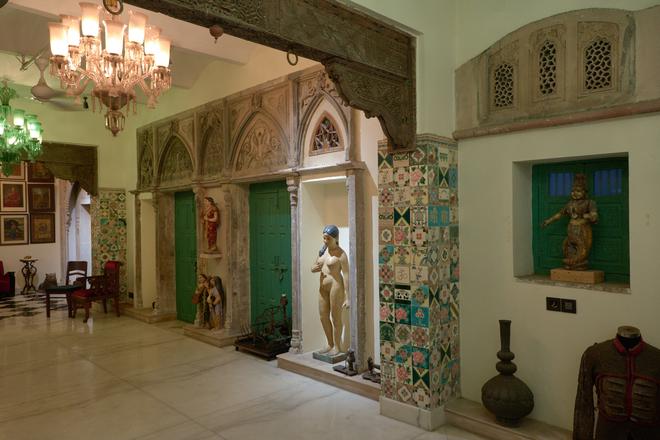
In the midst of this unsightly jam are glimpses of the Mughal era — a pot of biryani simmering with spices, strains of Urdu poetry and filigreed doorways over which bundles of cable hang dangerously low. In Sitaram Bazar, a sinuous road that branches through the neighbourhood, a doorway opens into Kathika Cultural Centre (KCC), an art space that takes you from cutting-edge modernity to the Mughal era in minutes, and celebrates the Delhi that was.
Sixty-year-old heritage conservationist Atul Khanna chanced upon the haveli, now turned into a museum, through a newspaper article in 2015. His passion to resurrect old buildings began earlier with the restoration of havelis in Rajasthan’s Shekhawati region — a twin haveli in Churi Ajitgarh that now functions as the Vivaana Culture Hotel and the Jaipuria haveli and Poddar haveli, known for their breathtaking frescoes and rare art collections.
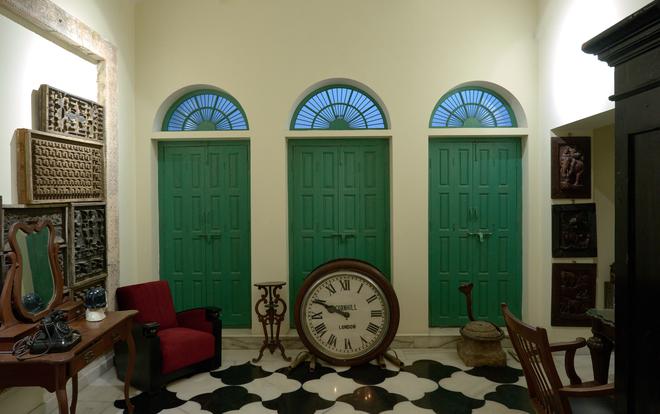
“My parents were from the Katra Neel area of Old Delhi. The absence of an authentic haveli experience in the heart of the city inspired me to acquire and restore two neighbouring 19th-Century havelis, the Neem Ki Haveli and the Haveli of Curiosity, now Kathika Cultural Centre. Derived from the Hindi katha which means story, Kathika takes on the role of a storyteller, breathing life into captivating tales of cultural history,” says Atul, the founder-curator.
A recipient of the Satte award bestowed for work in the tourism and hospitality industry, and the Rajasthan Ratna, Atul works with a core group that shares his commitment. Director Ashna Khanna crafts strategies for the growth of KCC, while Alishah Ali, a resident of Old Delhi, curates immersive experiences that are a tribute to the spirit of the city, focussing on its vibrant past and timeless traditions.
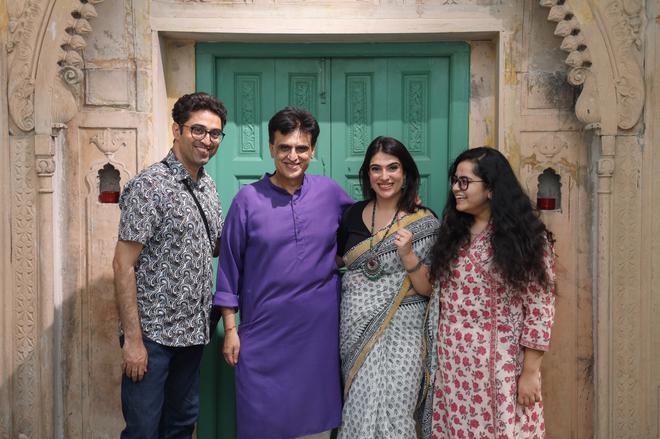
Lens-based artist Sundeep Bali, whose photo exploration of Old Delhi opens this weekend, is engaged with KCC as a visual expert. In collaboration with Museo Camera, the Gurgaon-based centre for the photographic arts, Sundeep presents Where Time Stops: People and Places of Old Delhi. It is among the shows that heads a long line of events at KCC, including a book discussion on monsoon love and longing by diplomat Abhay K and Nilanjana Mukherjee, with monsoon ragas by Ananya Gaur, and a stand up by Akash Sehgal over the next month. Artisan outreach programmes, activities for children and film screenings are also on the anvil.
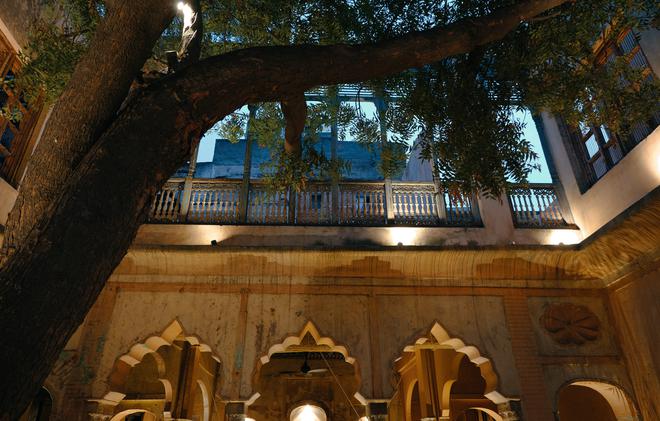
Built around an ageing neem tree, KCC’s doors open to sage green windows, black and white flooring, majolica tiles on pillars, framed vintage artwork, immersive installations, rare photographs, vitrines, and a roll-top table with a statue of the Murphy baby. The havelis, built during the late Mughal era, embody the period spanning from 1800 to 1860. Belonging to Kashmiri Pandits, who predominantly lived in the adjacent Gali Kashmiriyan, where the renowned poet Gulzar Dehlavi had his haveli, the Neem Ki Haveli’s ground floor is adorned with intricately carved arches and ornate interiors. The first floor, added at a later stage, bears the mark of British architectural styles, characterised by semicircular doors and the use of coloured glass on the windows.
“This infusion of British elements showcases the evolving character of the city during that era. On the other hand, the Haveli of Curiosity exhibits an Indo-Saracenic architectural style. Both havelis feature central courtyards, surrounded by intricately carved balconies and galleries that serve as focal points of social interaction and allow in natural light and ventilation,” says Atul.
“In Neem ki Haveli, the entire roof and parts of arches of the main hall were collapsed with the help of skilled masons, then restored. The floor tiles of the Haveli of Curiosity were carefully cleaned and restored too,” adds Atul.
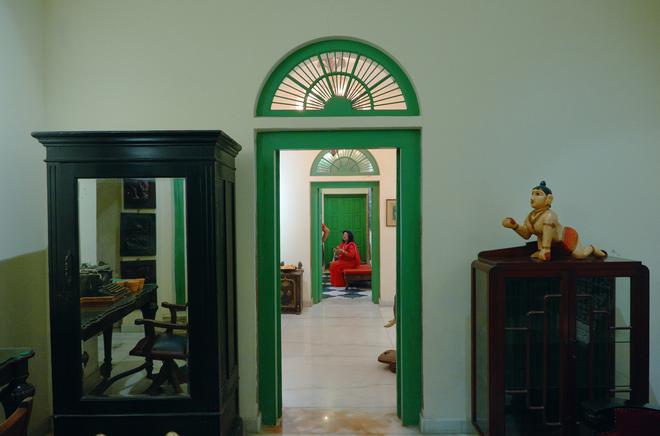
KCC also has a library and audio-visual room that focusses on books, photographs and visual data on Delhi. While the programmes at KCC are not ticketed as yet, some workshops and events call for prior registration. Using the forms of dastangoi and kathavachan (both storytelling traditions) the centre aims to portray Delhi not just as a city with an unending cycle of sword slashes and court intrigue but as a city of art and culture whose aesthetics continue to influence Indian culture to this day.
Kathika Cultural Centre is at 1237, Gali Khatikan, Imli Mohalla, Sitaram Bazar, Delhi- 110006. For details, call 9811276231 or write to mail@kathika.in







